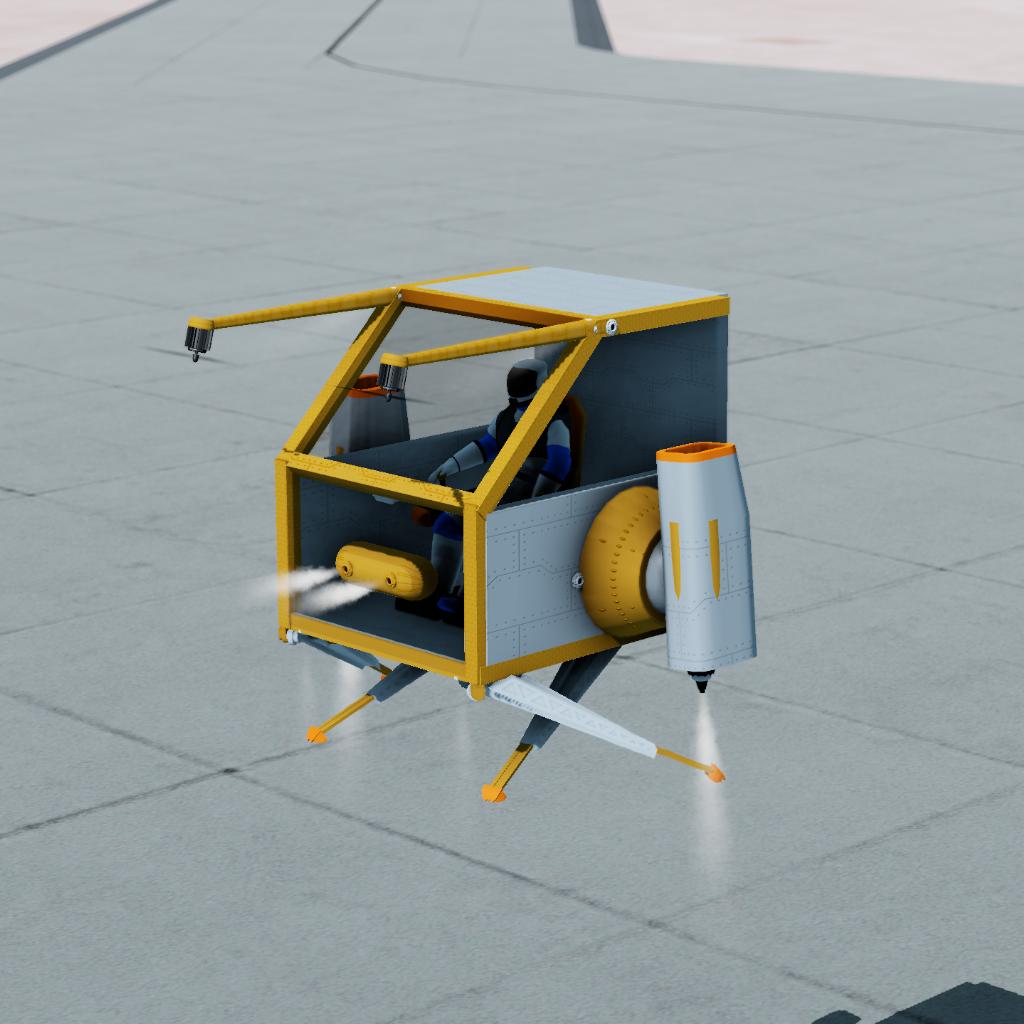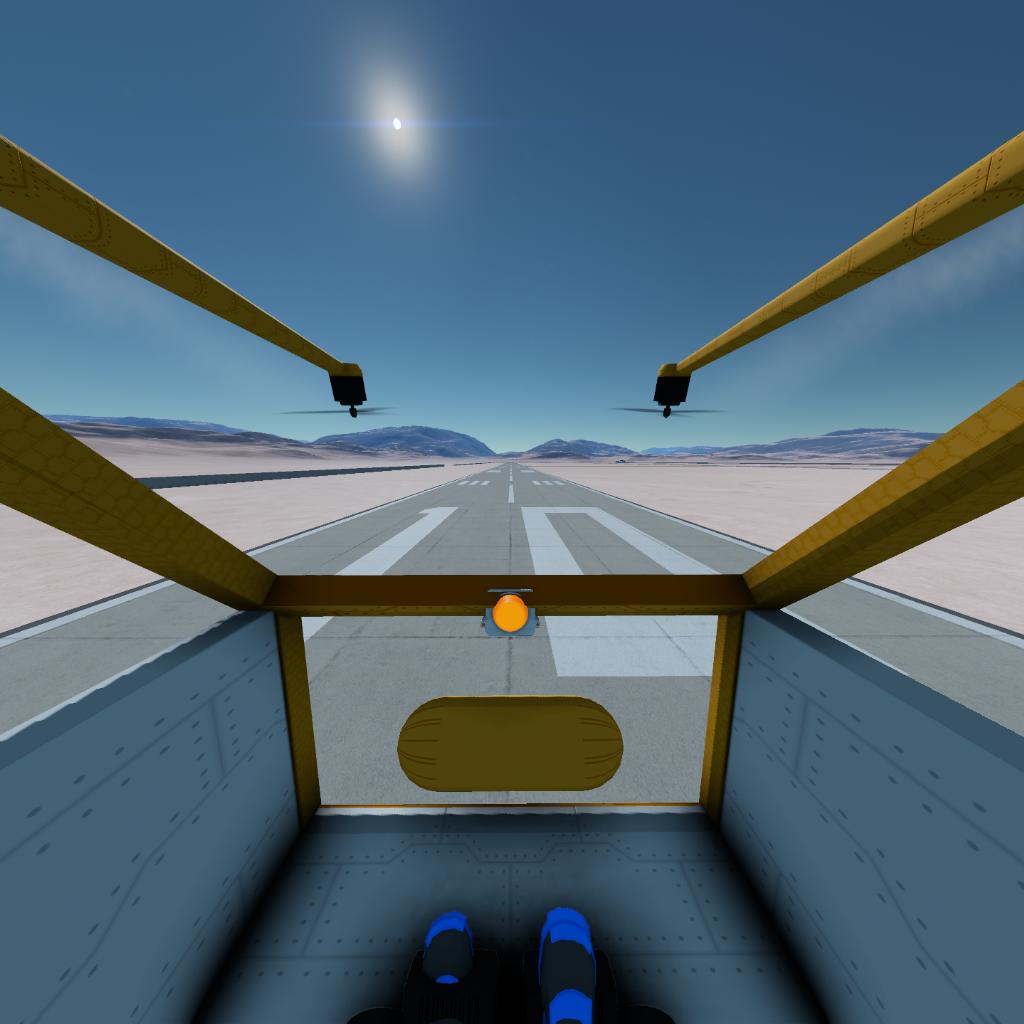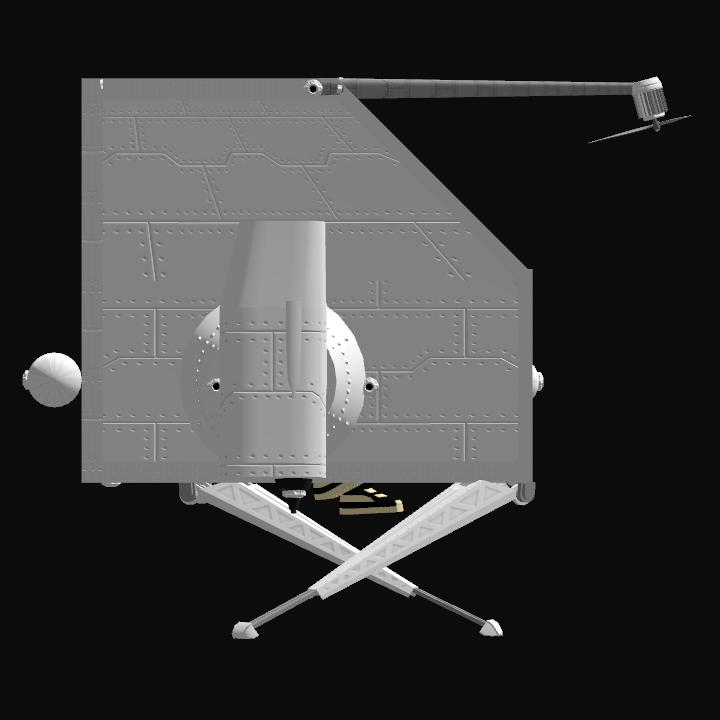Generation-I Atmospheric Omni-Directional Maneuvering Flight-Like Mecha Engineering Prototype
As a crucial step in humanity's exploration of "near-earth flexible maneuvering platforms," the Generation-I Atmospheric Omni-Directional Maneuvering Flight-Like Mecha Engineering Prototype breaks through the "planar movement" limitation of traditional ground equipment. It realizes 360° omni-directional maneuvering in the atmosphere for the first time, opening a new exploration into the practical application of mecha technology with a "flight-like" form.
Equipped with a multi-vector propulsion system and an adaptive aerodynamic adjustment module, the prototype can perform complex movements such as hovering, lateral movement, oblique climbing, and rapid steering within the airspace of 0-5000 meters above sea level, combining stable ground travel with flexible low-altitude and medium-altitude shuttle capabilities. The fuselage is made of lightweight composite armor material. While ensuring basic protective performance, it precisely controls the total weight of the machine at 2.88 tons. Cooperating with the intelligent attitude control system, it can still maintain a positioning accuracy of 0.1 meters even under complex weather conditions such as strong winds and turbulence. The lightweight advantage further enhances the maneuvering response speed and energy utilization efficiency.
At this stage, the prototype mainly undertakes three core verification tasks: first, testing the reliability of the omni-directional movement system in different atmospheric pressure and temperature environments; second, verifying the energy consumption and endurance balance scheme in the flight-like mode; third, collecting the operation feedback data of the human-machine interaction system during complex maneuvers. In the future, its technical achievements will lay the foundation for the research and development of special mechas in fields such as emergency rescue, complex terrain operations, and low-altitude security, promoting the process of "mechas moving from science fiction to practical application."






@IMULAerospaceIndustries It is unlikely that its lift system is also responsible for the yaw function